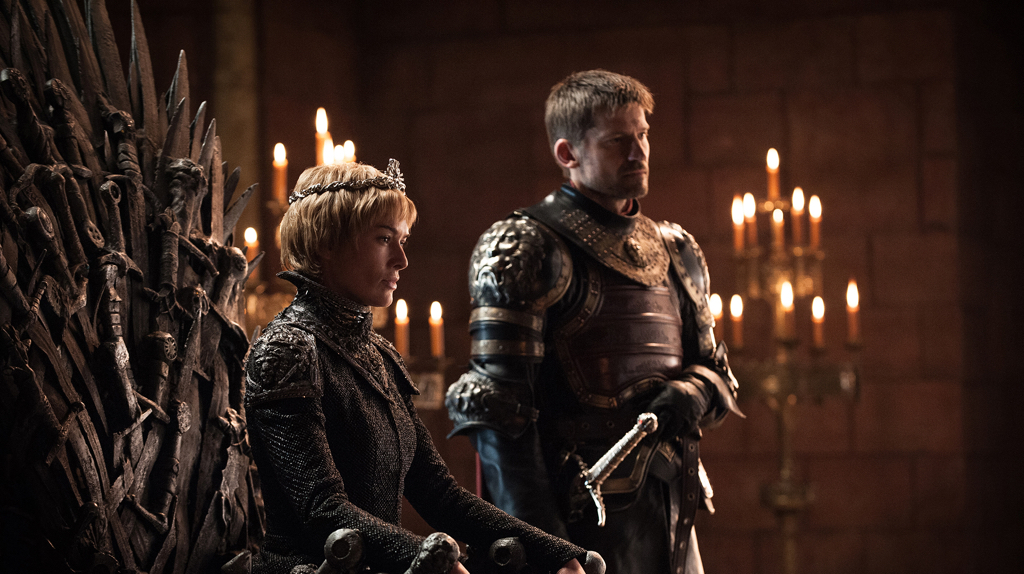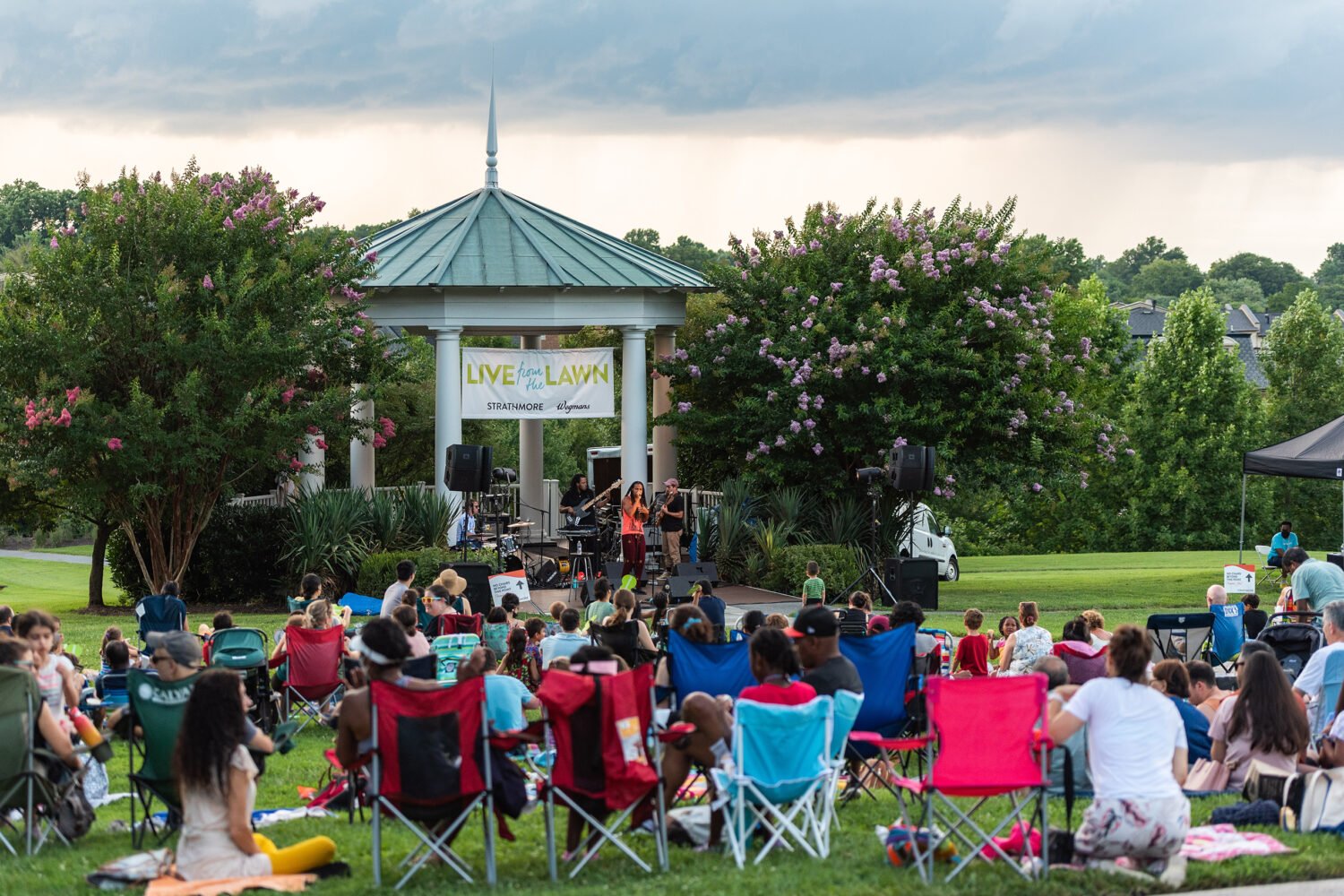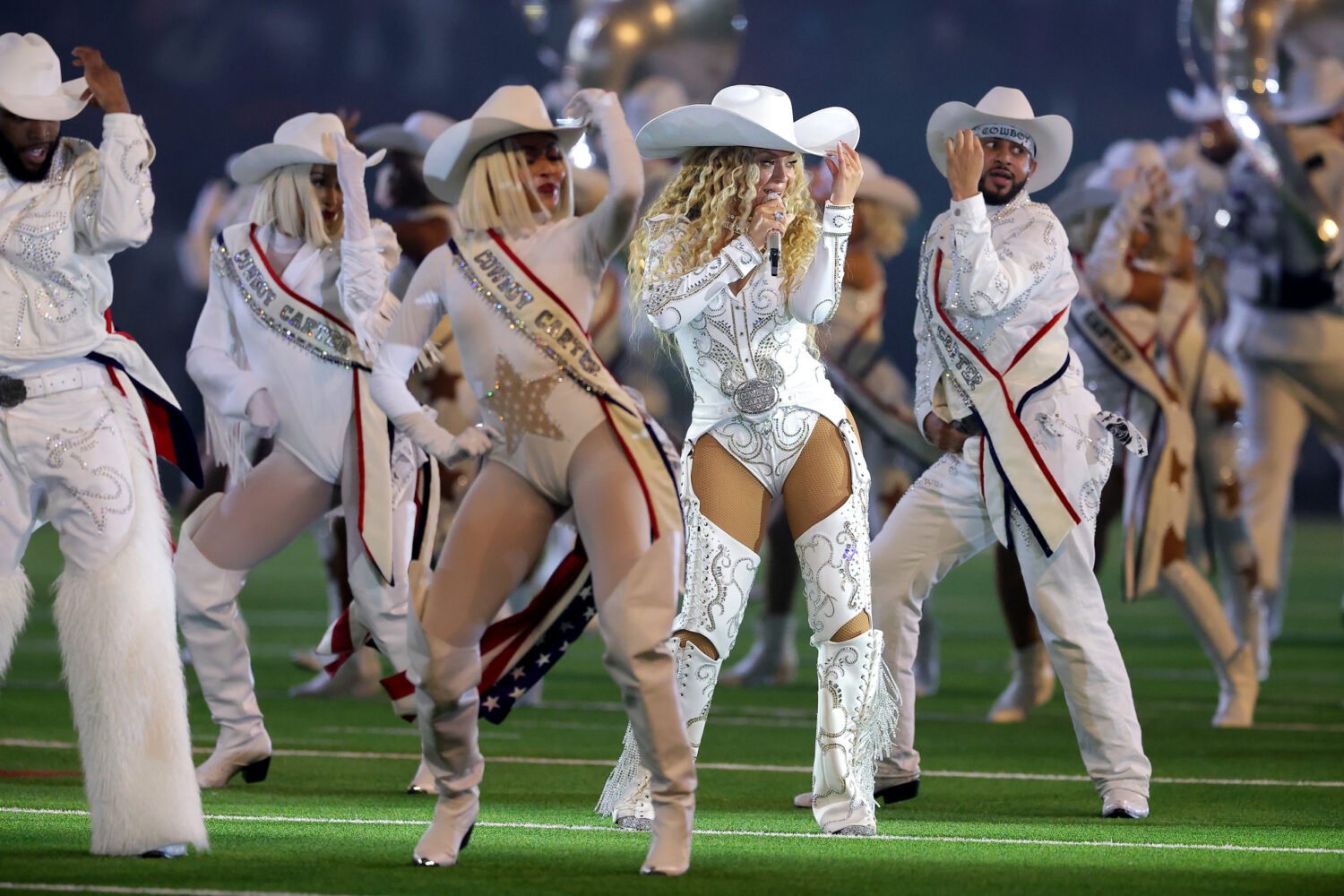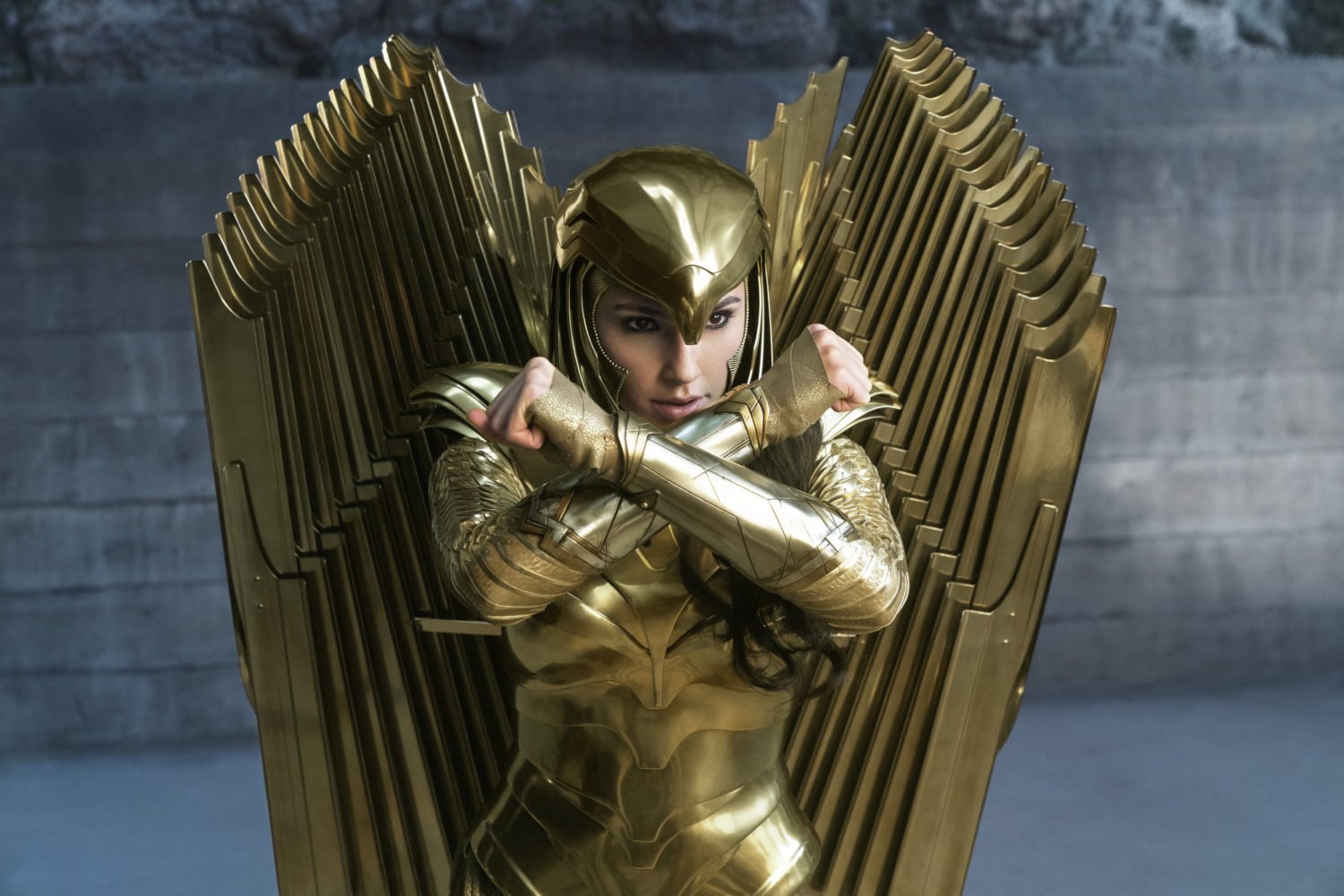The visual world created for Game of Thrones is what gives HBO’s fantasy series its epic sense of wonder. Production designer Deborah Riley, who joined the show in its fourth season, is one of the driving forces behind that world, winning three Emmys for her work. Riley will be at a Smithsonian Associates event Tuesday night—complete with a replica Iron Throne replica and tasting of Game of Thrones-themed beers— to discuss how she creates the show’s world of dragons, White Walkers, and war.
Washingtonian caught up with Riley to find out more about what life as a production designer on the hit show, the seventh season of which debuts July 16, is like and how the Seven Kingdoms are built from the ground up.
Tell me a bit about your role on the show.
So the production designer is all about the physical elements. On Game of Thrones, we’ve been lucky because we have so many different worlds to design that these characters inhabit. We do a lot of work out on location, primarily in Northern Ireland, Croatia, Spain, and Iceland. We also do studio builds in Northern Ireland. The world these characters live in is really important because as an audience member, you need to be able to tell immediately exactly where you are. In terms of design, I don’t think you get a better opportunity than on Game of Thrones to flex your muscles.
How do you balance between descriptions of settings in the books and the scripts?
There’s a whole variety of ways these worlds come into being. When I first meet with the show-runners right at the start of the season, sometimes they’ll have ideas themselves of what they’re picturing in their heads. Sometimes the action dictates how a space will be designed and what identifying features there should be. Most of the time, it just comes from research. In order to make these places distinct and separate from one another, we tend to look at different color palettes, different architectural details and try to distinguish them that way. So for a northern castle, which would typically be shot in Belfast, it has a very different color stone and heaviness and feel to it than say, southern Spain. The location itself can speak to what direction you’ll run in.
Is there a certain feel you always want regardless of location?
The thing that’s most important for us is making it feel as real as possible. Even though the show is a fantasy show with dragons and direwolves and giants, it’s still something that for us is very much rooted in reality. We want the audience to feel like Westeros is a real place and that it has all of the grit and heaviness and architectural reality that we would experience ourselves. You don’t want anything to take the audience outside of the show, you want an immersive experience. We work really hard on all of the details.
Do you and the art department kind of take ownership of these worlds after you create them?
From an art department perspective, we’re really proud of these worlds. There’s art directors who tend to work in King’s Landing, others who work in Winterfell. We call one of the art directors the “Mayor of Winterfell,” because he’s in that world. It’s really important that we all feel ownership over these worlds. I can’t be the mayor of any place, I leave that to the art directors. I’m not around one place long enough to earn the title of mayor. I’m trying to knit them all together and make sure that from a visual standpoint, there’s also a story that threads through them all. Even something like a doorknob for instance, someone might present me with one and ask if it works and I’ll say, “No, that’s only used in King’s Landing.”
On Game of Thrones, there are all these iconic set pieces that have to be in the show every year, like the Iron Throne. How do you make those look as authentic as possible each season?
Well, the Iron Throne that sits in King’s Landing is the same one that always has sat there, I believe. It hasn’t changed. But we do, with the props department and model makers, go to a lot of effort to make sure all of the pieces look like they’re actually used and have weight to them. The thing with iconic pieces is you don’t really understand at the time how iconic they might become. You’re just trying to do your job. We treat everything with care and at the end of each shoot day, everything is stored properly and kept safe so year after year they can be used again. We make sure that these things have a sort of ergonomic nature to them, that they look like they work and were built by people in still sort of medieval times.
What can audiences expect visually in season seven?
Again, we’re adding more and more to what we understand of Westeros. I think it’s our best work yet. It’s certainly our most original work yet. It pushed us in all different ways. There was also an enormous volume of work, we had an awful lot going on at the same time. We do all know that there will be a time where we leave Westeros and we’re home again and we go back into society, as it were. Certainly as we’re just about to start production on season eight, that’s even more apparent because it’s our last go-round. We have to be very conscious to just enjoy ourselves and make sure that we make the last one the best one.

















